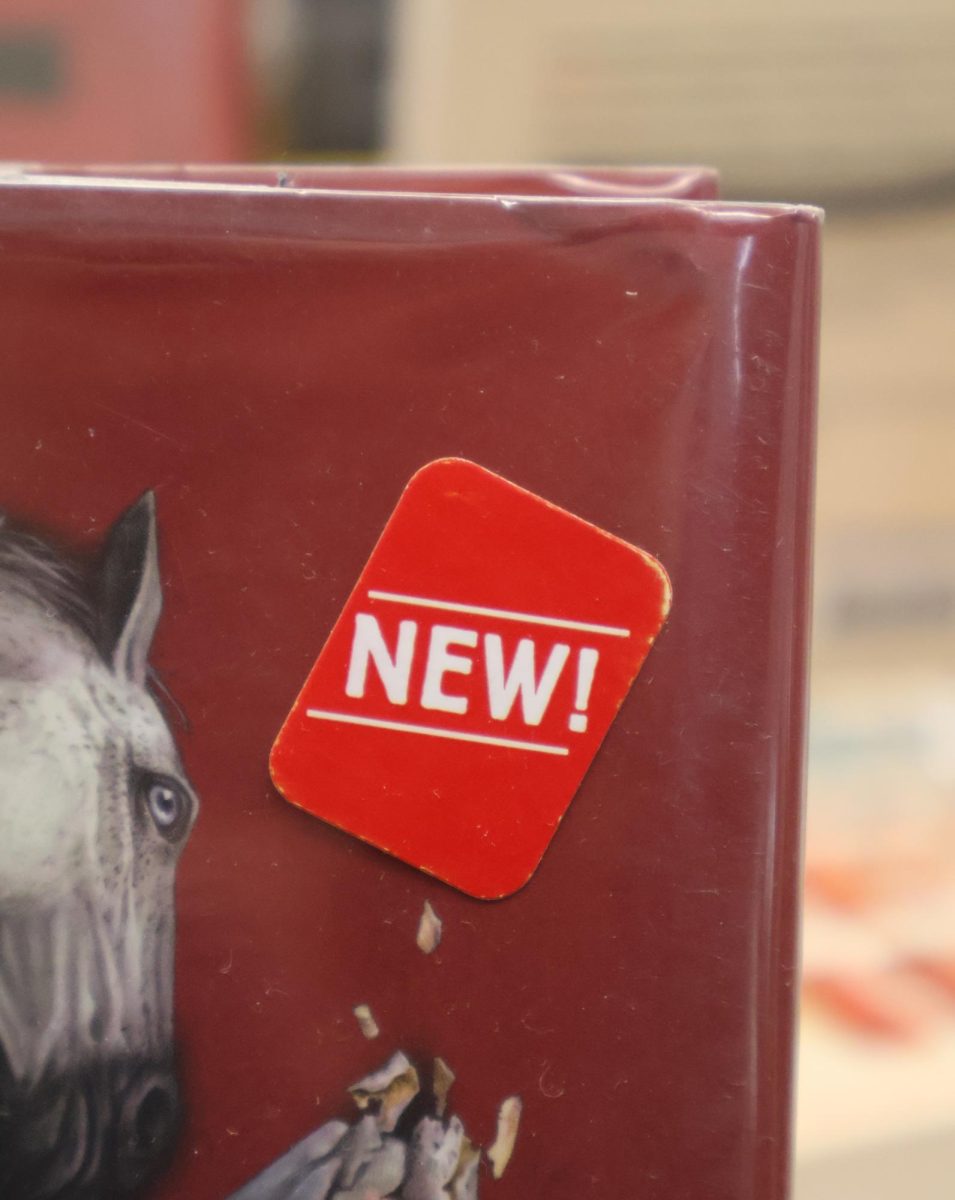Gacha games (not to be confused with the gacha game series made by Lunime) are often considered as the money hungry genre of games. At their core, they are designed to make a lot of money. They incentivize spending for players to progress at a reasonable pace or for players to unlock their favorite characters in the game. In recent years these games have become much more popular, especially among high schoolers.
Gacha games are usually story-based games that require players to progress through RNG-based systems. RNG-based systems are essentially just systems that function through randomness. Some of these systems are banners, equipable items and even gameplay.
One of these systems, the banners, allows players to obtain characters in the game, but with a twist. Players have to spend an in-game currency (dependent on the game) to summon these banners. It is normally completely random what characters you will get, and if you’ll even get a character. Most games compensate players who get unlucky by implementing a pity system that guarantees a rarer character at a certain amount of pulls. An example of this would be the game Honkai Star Rail, and how you can spend “Stellar Jades” to pull from a roster of characters via the banners.
Following the banner system would be a limit breaking system. This is a system in which pulling a duplicate of a character you already own allows them to become stronger. It’s pretty simple but can also be incredibly important to a character’s kit.
Typically, they will also provide a way to power up your characters via equipable items. These items have a main-stat and sub-stats, all being random. They can enhance your character’s stats to make them stronger and help you progress through the game, however, obtaining these is often limited to another currency that is refreshed daily. This currency can be spent to obtain these equipable items with no guarantee of main-stats or sub-stats that you may specifically need or want.
Now, while not as frequent as the other two methods but still relatively frequent, some games do implement a randomness factor into their gameplay. This can be in the form of critical damage, random chance to proc certain effects and other methods.
So, why are these games considered money hungry? As you can imagine with these kinds of games, there are many in-game purchases available to players.
The primary way they incentivize spending is by setting a limited amount of free obtainable currency used to summon on the banner. In other terms, there is a set amount of currency that you can get without spending money, therefore eventually forcing you to spend money on these currencies if you get unlucky.
With all this information being known, you may be wondering why people even play these games? These games make up for what they lack in free-to-play friendly gameplay with visuals. Well, at least the larger games in this genre often have stunning visuals with interesting stories and characters. Even the not-so-large games may make up for it in great storytelling and world building.
Often these games are rather worth it to play just to learn more about the world they take place in, and the amazing and interesting cast of characters. Although most games do take a rather different approach to character design than most games, often putting female characters into revealing clothing. However, there are games that stick to more reasonable character designs, making them look less like an inappropriate advertisement and more like characters in a good story. Possibly the best example of this kind of game is Limbus Company.
Limbus is a gacha game developed by Project Moon, but it stands against everything that a gacha game is.
For some background, Limbus revolves around 12 sinners as the main cast of characters for players to obtain. Each of these sinners have different identities that can be swapped and each identity has a rarity of either 0, 00 or 000. You can only have one identity of a character on your team at a time. There are a large multitude of these identities in the game, however, there is no limit breaking system like in other games. Instead, you have to uptie identities by spending shards of that specific character. These shards can be obtained by summoning a duplicate identity (shard amount depends on the rarity of identity) and shard boxes (which can be obtained by just playing the game).
Limbus also has no equipable items system, meaning that there is no way to make identities stronger other than leveling them up (which simply improves their stats) and uptieing them (which unlocks new abilities for them). Essentially, once you obtain an identity, you have the best version of that identity as opposed to other gacha games in which you need to summon more copies of them or build them with items.
Now, what does the gameplay of Limbus even look like? Well, you as the player have to progress through the story and you do so by battling each stage in specific chapters of the story. The battles themselves are very confusing and hard to get into, but entertaining once you understand how to do them. Although the game does have a tutorial at the start of the game, there are much better tutorials that can be found online such as on YouTube.
A primary part of Limbus that stands out is that it’s a game that requires you to have more time to play. It is certainly a grind and can take up an entire day just to accomplish a certain goal.
Limbus is simply a separate option for people who enjoy gacha games but not the money spending that typically comes with them. It values your time and loyalty as opposed to your money. It does its job at standing out very well and has a strong centered community.









